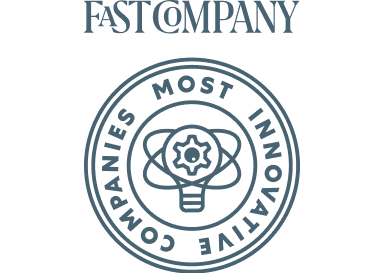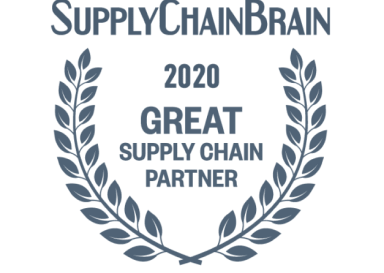
Make your
business go
Automate your workflows, maximize throughput and grow your business with an award-winning material handling automation solution.
Webinar
Material Handling Automation MythBusters
Myth #1: I cannot afford to innovate with robotics right now
Calculator
Return on Robotics
Find out how much Vecna can lower your costs and increase your throughput in just a few seconds.
Trusted by industry leaders
Flexible autonomous workflows start here
100%
guaranteed customer-defined performance
1.5x
more pallets moved per $ vs. manual MHE
99.9%
uptime with Pivotal™ autonomy and remote monitoring
0
safety incidents with Vecna’s 3-tier safety architecture
Trusted by industry leaders






and those in the know



Why material handling automation?
Be unstoppable
From labor shortages to supply chain chaos, we’ve made it our mission to help your business power through the biggest challenges of the modern economy.
Warehousing Automation Solutions
From bottleneck to breakneck, we move pallets fast
Rise above staffing crises, crippling backlogs and crunchy turnaround times. Vecna helps you do more with less by choreographing uninterrupted work between robots, labor and facilities to solve for your most critical warehousing workflows.

Manufacturing Automation Solutions
From Kanban to kitting, we keep your line moving
Say goodbye to rigid, infrastructure-heavy systems and unsustainable labor costs. Vecna helps you achieve flexible reconfiguring, scalable production and rapid ROI with material handling technology engineered to serve your key manufacturing workflows.

ROBOTS AS A SERVICE
Robots as a Service, at your service
Get the tech you need, when you need it without a huge, upfront capital expense and ongoing maintenance costs. With Vecna Robots as a Service (RaaS), increase your fleet fast when demand surges, and upgrade your fleet easily as your business grows and evolves.
Get the most out of your system from day one, and accelerate your ROI. Skip lengthy deployments, frustrating delays and painful adoption cycles.
33%
cost reduction vs. manual ops


Bold enough to dream, committed to getting it done
See how we empower our team to dream, build and actualize a better way to drive transformational efficiency, one pallet at a time.
Let’s go
Optimize your critical workflows right now
Have questions about what Vecna can do for you? Tell us about yourself, and an automation expert will be in touch shortly.
Thank you for getting in touch
We aim to respond to all messages within 1-2 business days.
In the meantime you might be interested in some of these resources.




























